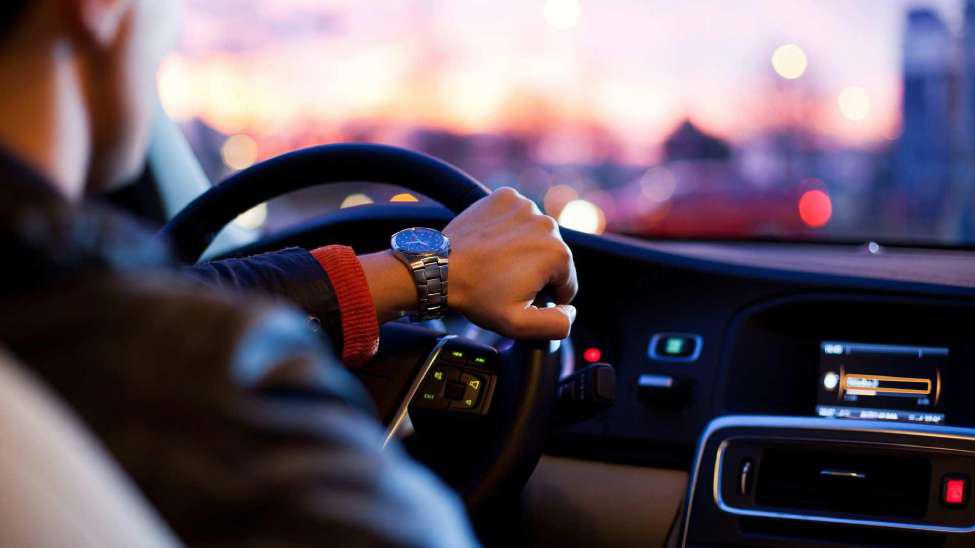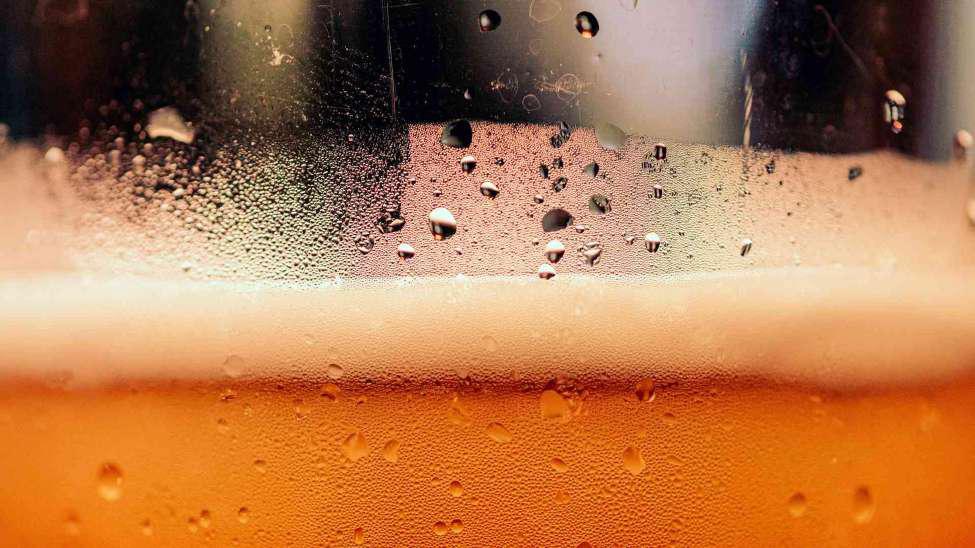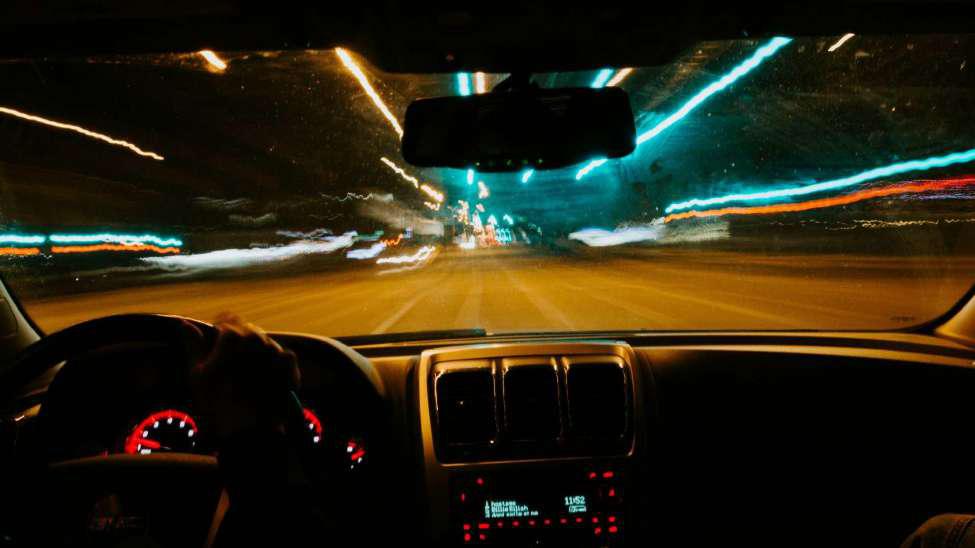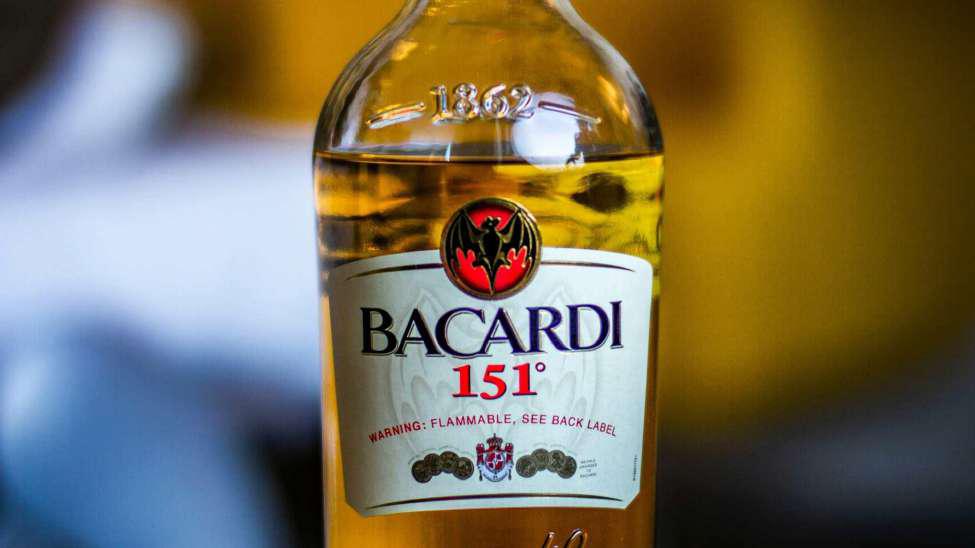Some states in the country have taken recent steps towards lowering the legal blood alcohol limit someone can have while driving, making the rules more restrictive.
The limit has traditionally been 0.08 in many states, however, limit-lowering advocates are hoping to reduce it to 0.05. By lowering the drunk driving limit, supporters hope to start saving thousands of lives lost on American roadways every year. Detractors argue that lowering the drunk driving limit will cause an increased burden on the nation’s law enforcement and punish responsible drinkers.
Hawaii Bill

One recent attempt at lowering the drunk driving limit in the United States comes from Hawaii. A bill that would lower the blood alcohol percentage limit from 0.08 to 0.05 was passed in the state senate on March 5th.
If made into law, the bill would require officers to arrest drivers who fail this new limit in either a breathalyzer, blood, or urine sample test.
Saving Lives Through Legislation

Rick Collins is the director of the Hawaii Alcohol Policy Alliance. In comments to KITV4 Island News, Collins made the case this legislation is something simple to implement that could save lives without much cost.
“It costs the state not a dollar to put this legislation into effect and we will literally see hundreds of lives saved — 100% of alcohol impaired fatalities are preventable,” Collins said.
The International Standard Is Already 0.05 Percent

Arkie Koehl, a committee member at Mothers Against Drunk Driving (MADD), pointed out that the 0.05 blood alcohol limit is already the common limit in most Western and European countries.
“What is it about American citizens that magically protects them from what is known widely by 85% of the world’s population? The international standard is .05 because it is the correct level,” Koehl said.
Opposition to the Bill

Hawaii’s Office of the Public Defender voiced its opposition to the bill during testimony.
“Lowering the BAC threshold will criminalize the behavior of responsible drinkers. There are many responsible people in Hawai’i who drink but do not drive impaired. Responsible people who limit their alcohol consumption to one to two drinks can drive safely.”
Some Businesses Stand Opposed

KITV Island News reports that Kauai Beer Company and Craft Ohana, both local Hawaii businesses, testified opposition to the bill as well. Justin Geurber, head of the Kauai Beer company, testified that there is a lack of evidence changing the standard would be effective.
“I am not aware of any evidence indicating that a lower limit enhances public safety – in fact, research seems to indicate that a majority of drunk-driving related fatalities involve at least one driver with blood alcohol content of .15 or higher. Lowering the limit from .08 to .05 would not fix this problem.”
Pressure on Law Enforcement

By lowering the legal limit for alcohol, law enforcement will likely have to arrest more people in relation to drunk driving.
Opponents argue that while this may have the effect of reducing drunk-driving fatalities, the increased burden on law enforcement may spread them thin, leaving them unable to respond to more pressing situations. Police in America are struggling under a recent problem with staffing departments that some are calling a police hiring crisis.
A Deadly Problem

According to the National Highway Traffic Safety Administration, 37 people die every day from drunk-driving-related crashes in the United States. When averaged over the course of the day, this means that one person dies in a drunk-driving accident every 39 minutes.
In 2021, the number of people dying in alcohol-related traffic deaths jumped by a significant 14% from the previous year. 13,384 people died from drunk driving crashes in 2021. Advocates against drunk driving view all of these deaths as preventable.
What Is Blood Alcohol Content?

Blood Alcohol Content (BAC) is a measurement of the amount of alcohol contained in a person’s blood. The level of alcohol in a person’s blood can range from 0% up to 0.4% or higher. People who have a BAC of 0.4% or over may have ingested a lethal amount of alcohol.
As the body consumes more alcohol, it puts strain on the liver, which can typically only process about one alcoholic drink per hour safely.
Effort in Washington

Lawmakers in the state of Washington considered a similar provision to what Hawaii is trying now in 2023.
While it has been introduced in the Senate, progress on it has stalled. It was referred to the rules committee in January but has not been able to make it to the floor of the legislature to get voted on.
Utah Limit Change

Back in 2018, Utah was successful in lowering its BAC limit from 0.08 to 0.05. Utah’s Department of Public Safety affirmed the willingness of people to continue drinking before driving despite campaigns in the past decades to put a stop to it.
“Despite decades of public campaigns and other efforts to discourage driving after drinking, survey and observational data show that many people continue to do so,” said Utah’s Department of Public Safety.
Hope for More States to Follow Suit

Frank Harris, director of state government affairs for Mothers Against Drunk Driving hopes that a passage in Hawaii could ignite a nationwide trend.
“We really hope more states will follow the model of [Utah] to enact a .05 law,” Harris said. “There hasn’t been a successful bill passage since Utah, but there’s been a lot of grassroots movement around advocating for .05.”
